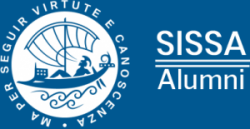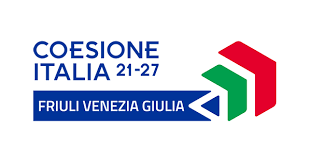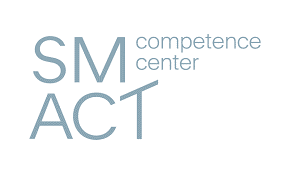Highlights
Dalla nascita dello European Research Council nel 2007, la SISSA ha ottenuto 30 prestigiosi finanziamenti ERC. La Scuola conferma così la sua eccellenza e si colloca ai primi posti tra gli istituti italiani ospitanti, ...
L'archivio dei Colloquia e delle Special lectures in programma del 2024
Nell'anno in cui celebra il suo 40o Anniversario, la Scuola ha il piacere di annunciare la costituzione dell’Associazione Alumni SISSA, aperta a tutti gli ex-studenti che abbiano completato un corso di PhD, di Master o di laurea magistrale...
Announcements
Giulio Regeni was a scientist like us.
We hope his cruel death may serve to focus our attention on the need to respect human rights.
Soroptimist International d'Italia is organising a free training course for young female graduates entitled Futuro al Femminile: Women in Leadership.
L’iniziativa “XXIX Giornata della Memoria e dell’Impegno in ricordo delle vittime innocenti delle mafie”, riconosciuta dalla Legge dell’8 marzo 2017, n. 20, promossa dall’Associazione “Libera. Associazioni, nomi e numeri contro le mafie”.
Sono aperte le candidature per i premi assegnati dall’Accademia delle Scienze di Torino per l’anno 2024.
Events
SISSA Sciama Colloquium
Wednesday June 12th 2024, 17:00
Edward Witten - Institute for Advanced Studies, Princeton
...A special colloquium with prof. Bassem Hassan (Paris Brain Institute, ICM) is scheduled for Thursday, 9 May 2024 - from 15:00 to 16:00 in Aula Magna Budinich, SISSA.
Abstract...
ABSTRACT Classical perturbation theory is a cornerstone of Celestial Mechanics, since it allows one to determine an approximate solution of the dynamics. It applies typically to nearly-integrable H...
On Friday March 1st, we look forward to welcoming you to celebrate the first 10 years of the Master's Program in High Performance Computing at the International Centre for The...






















